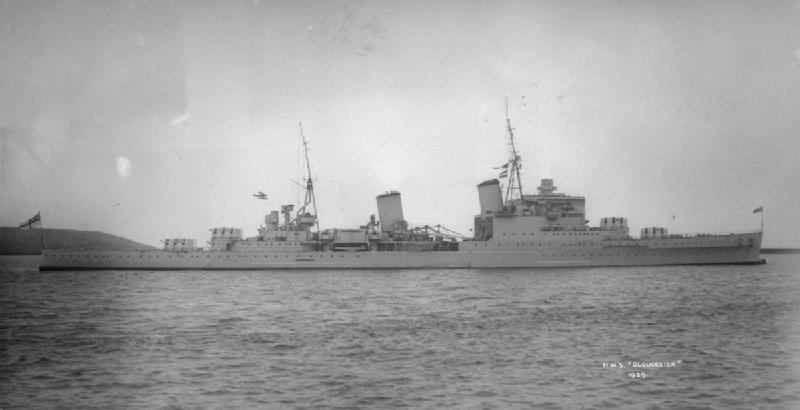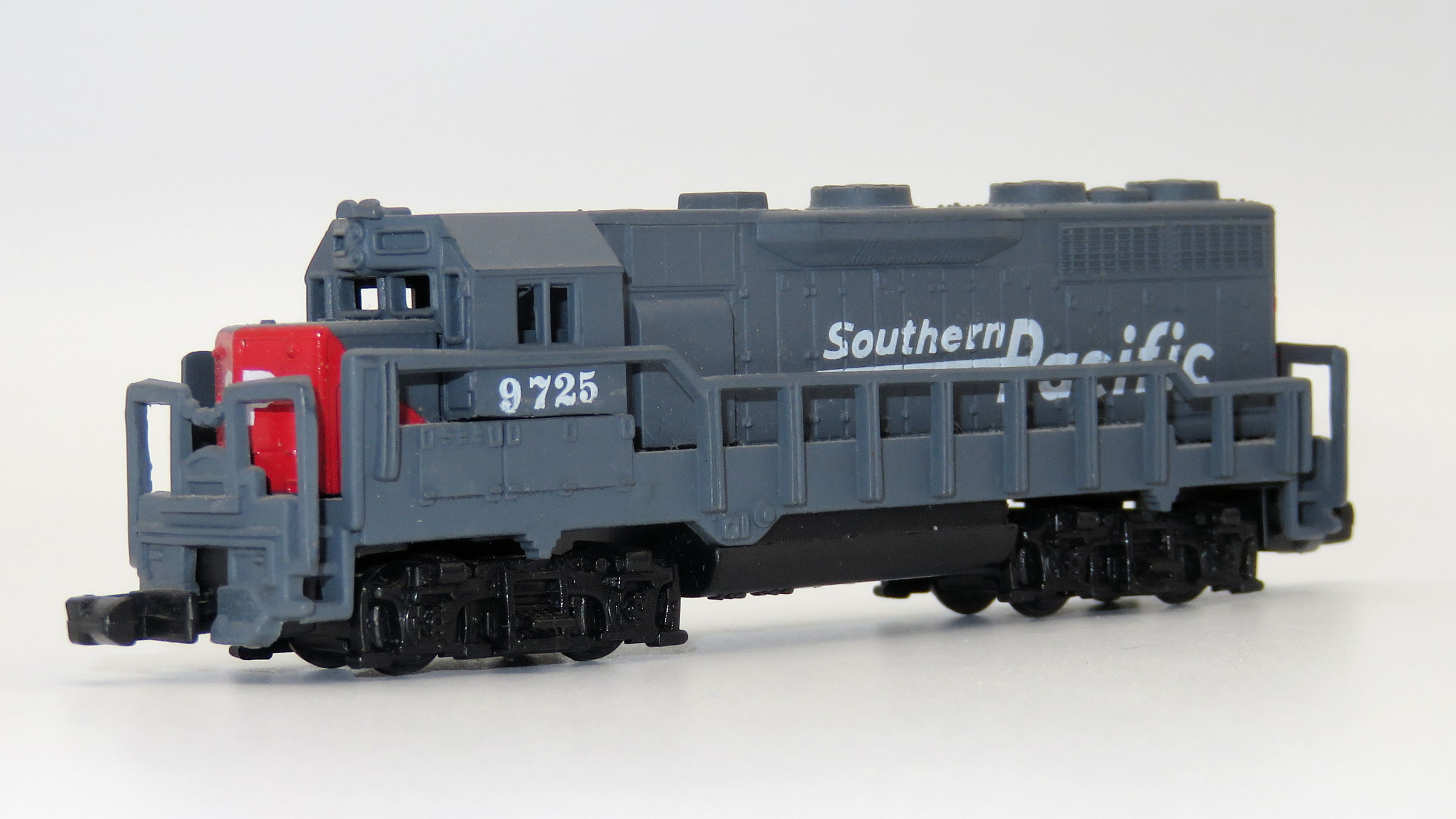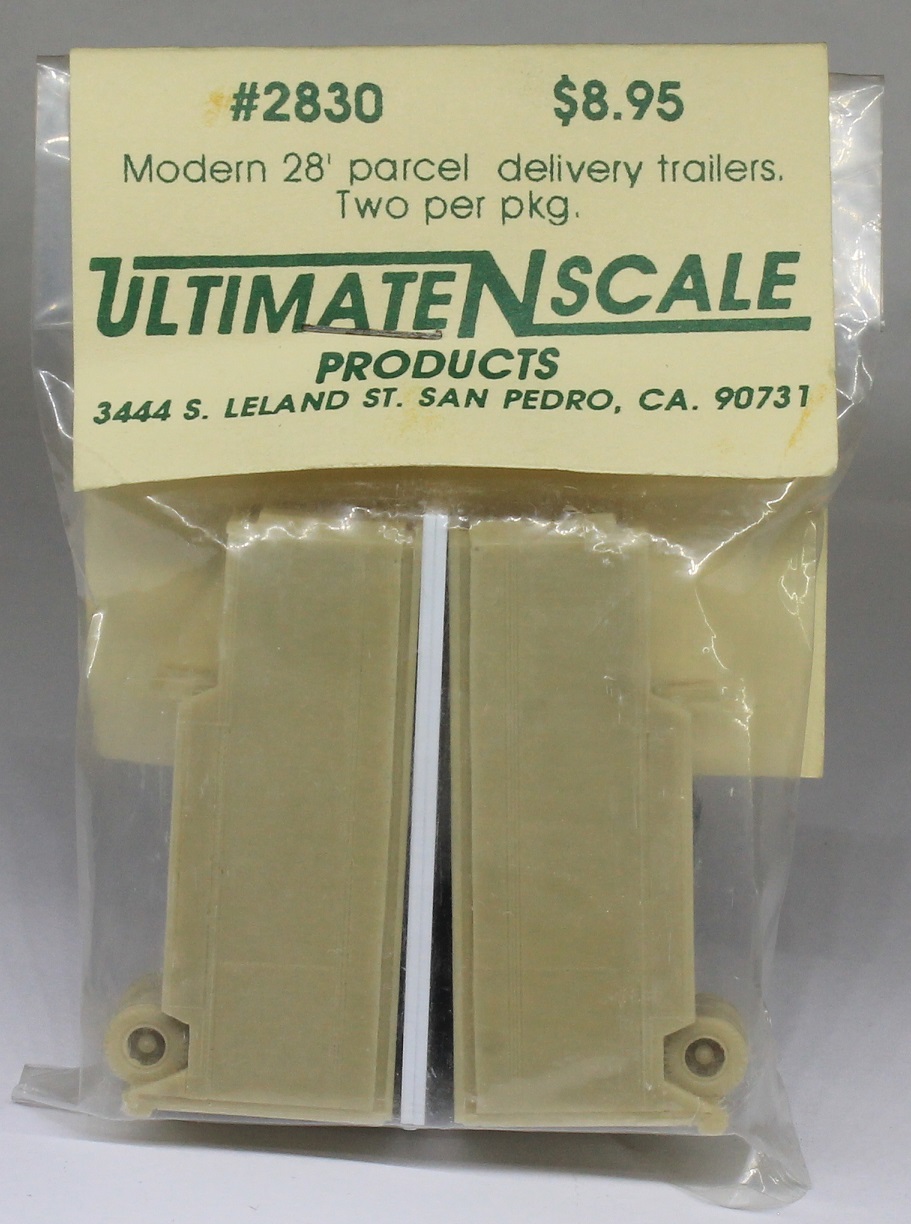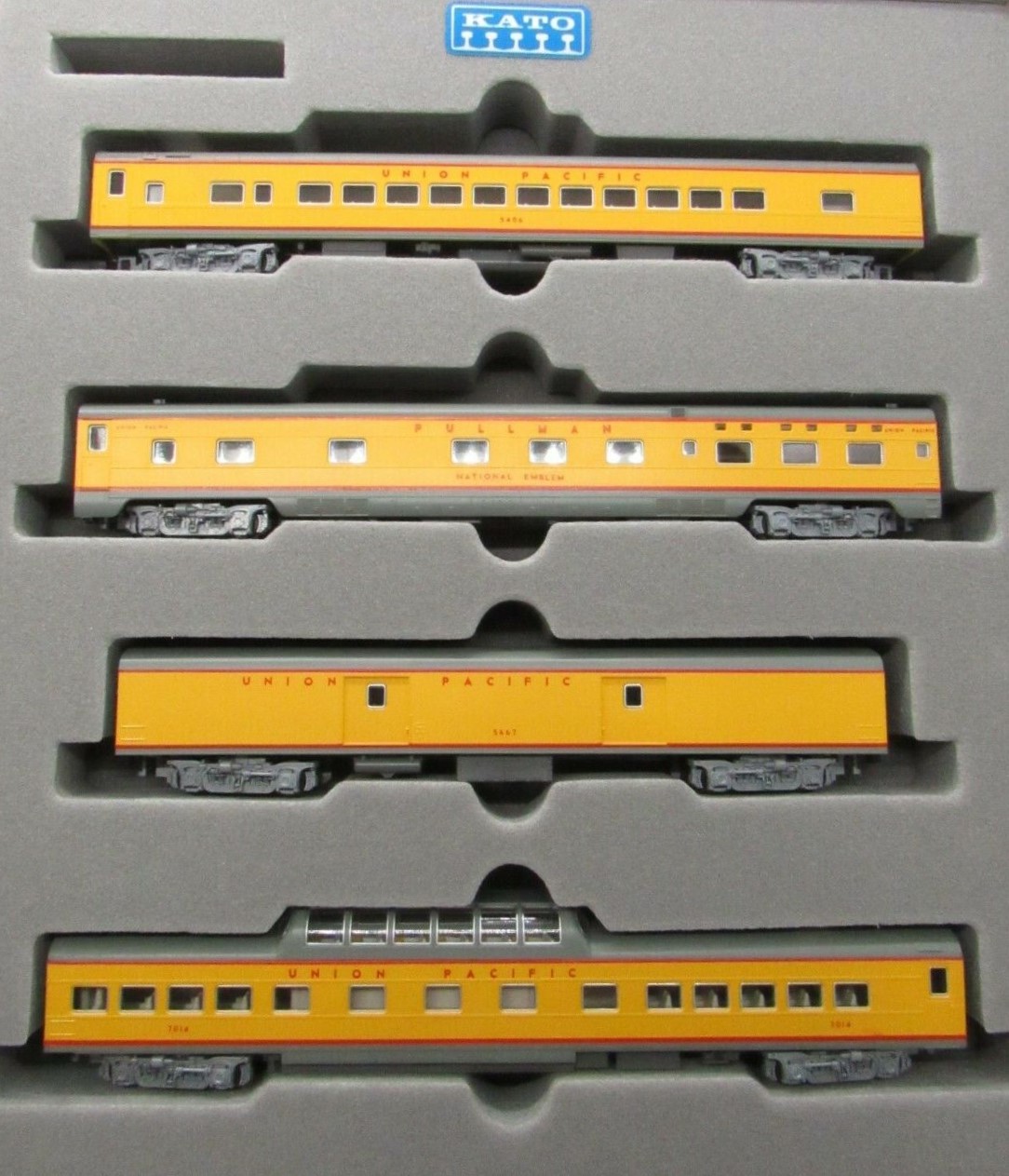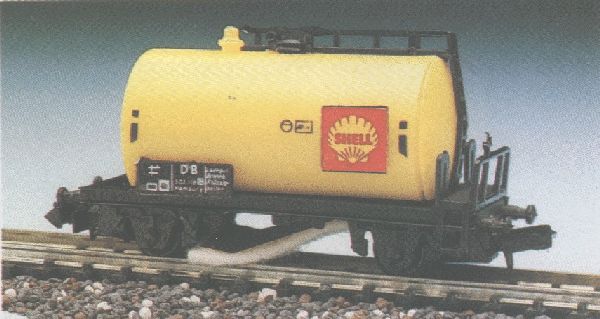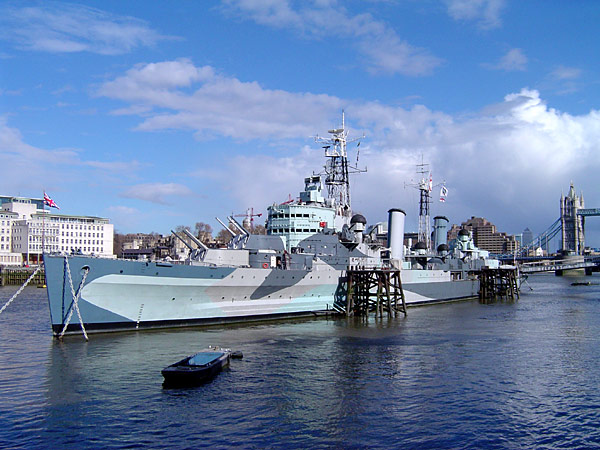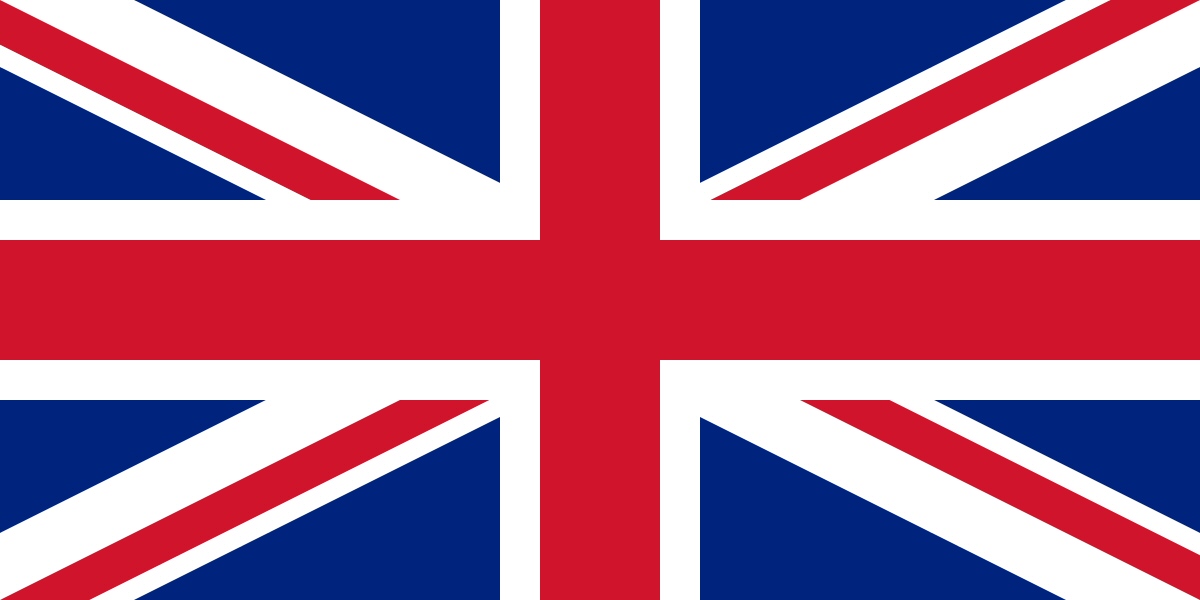History: HMS Gloucester was one of the last batch of three Town-class light cruisers built for the Royal Navy during the late 1930s. Commissioned shortly before the start of World War II in August 1939, the ship was initially assigned to the China Station and was transferred to the Indian Ocean and later to South Africa to search for German commerce raiders. She was transferred to the Mediterranean Fleet in mid-1940 and spent much of her time escorting Malta Convoys. Gloucester played minor roles in the Battle of Calabria in 1940 and the Battle of Cape Matapan in 1941. She was sunk by German dive bombers on 22 May 1941 during the Battle of Crete with the loss of 722 men out of a crew of 807. Gloucester acquired the nickname "The Fighting G" after earning five battle honours in less than a year.
Class: The Town class was a 10-ship class of light cruisers of the Royal Navy. The Towns were designed to the constraints imposed by the London Naval Treaty of 1930. The ships were built in three distinct sub-classes, the Southampton, Gloucester and Edinburgh classes respectively, each sub-class adding on further weaponry.
Like their US and Japanese counterparts of that era, the Town-class cruisers were "light cruisers" in the strict terms of the Treaty. The London Treaty defined a "light cruiser" as one having a main armament no greater than 6.1 in (155 mm) calibre, all three major naval powers sought to circumvent the limitations on heavy cruiser numbers by building "light cruisers" that were equal in size and effective power to heavy cruisers. These ships made up for their smaller calibre guns by carrying larger numbers of them.
All of these ships carried BL 6-inch Mk XXIII guns in triple turrets, with the centre gun mounted 30 in (76 cm) behind the two outer guns to prevent interference between the shells in flight and to give the gunners more room to work in. The turret roofs had cutouts at the front to allow extreme elevation, originally intended to give the guns an anti-aircraft capability. In practice the guns could not be trained or manually loaded quickly enough for continuous anti-aircraft fire, so the Royal Navy designed the ABU, which allowed the guns to be preloaded with time-fuzed shells and then fired when the target aircraft reached the preset range. These ships were equipped with the HACS AA fire control system for the secondary armament and the Admiralty Fire Control Table for surface fire control of the main armament.
Like their US and Japanese counterparts of that era, the Town-class cruisers were "light cruisers" in the strict terms of the Treaty. The London Treaty defined a "light cruiser" as one having a main armament no greater than 6.1 in (155 mm) calibre, all three major naval powers sought to circumvent the limitations on heavy cruiser numbers by building "light cruisers" that were equal in size and effective power to heavy cruisers. These ships made up for their smaller calibre guns by carrying larger numbers of them.
All of these ships carried BL 6-inch Mk XXIII guns in triple turrets, with the centre gun mounted 30 in (76 cm) behind the two outer guns to prevent interference between the shells in flight and to give the gunners more room to work in. The turret roofs had cutouts at the front to allow extreme elevation, originally intended to give the guns an anti-aircraft capability. In practice the guns could not be trained or manually loaded quickly enough for continuous anti-aircraft fire, so the Royal Navy designed the ABU, which allowed the guns to be preloaded with time-fuzed shells and then fired when the target aircraft reached the preset range. These ships were equipped with the HACS AA fire control system for the secondary armament and the Admiralty Fire Control Table for surface fire control of the main armament.
Nationality: The United Kingdom, made up of England, Scotland, Wales and Northern Ireland, is an island nation in northwestern Europe. England – birthplace of Shakespeare and The Beatles – is home to the capital, London, a globally influential centre of finance and culture. England is also site of Neolithic Stonehenge, Bath’s Roman spa and centuries-old universities at Oxford and Cambridge.
Item created by: gdm on 2019-12-14 08:00:52
If you see errors or missing data in this entry, please feel free to log in and edit it. Anyone with a Gmail account can log in instantly.
If you see errors or missing data in this entry, please feel free to log in and edit it. Anyone with a Gmail account can log in instantly.


